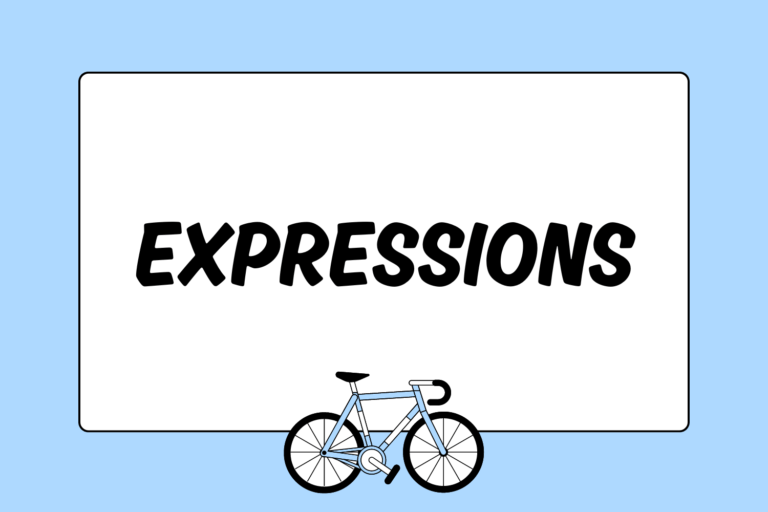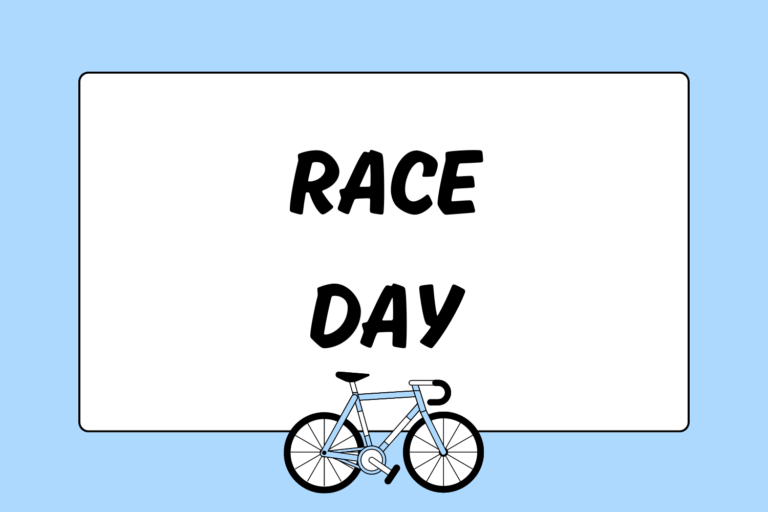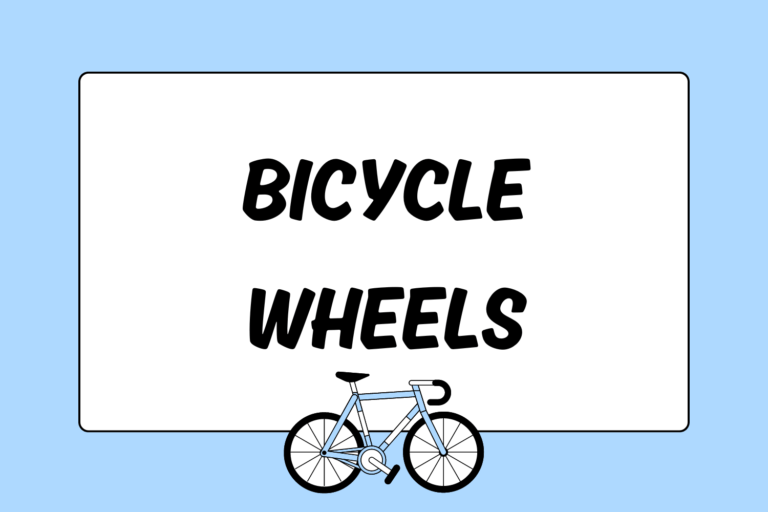Clipless pedals are essential equipment for anyone that actually wants to ride a bicycle for exercise. They connect directly to the pedals and prevent your feet from slipping off while pedaling, allow for more direct power to the pedals, and ultimately provide a safer, more secure riding experience. In contrast to most people’s fears, it is notably safer to ride with clipless pedals than with flat pedals, and especially so compared to clips and straps.
Clipless?
Clipless pedals lack the traditional clips and straps riders used (and still use) to secure their feet to the pedals. So when the first locking pedal systems arrived , they had no clips and straps and were thus “clip-less”.
There are countless varieties of clipless pedals – from ones that have the locking mechanism on the cleat (mounted to the shoe) to others that have a cleat with two small connections or just one big connection. Some models don’t use springs while others do. Some pedals are made for road bikes, usually with large external cleats that are hard to walk on. Other pedals are made for mountain bikes, typically with small recessed cleats that make walking easier. They all look different and work slightly differently. But, in the end, the differences (and any benefits) are down to preference and you need to look at the options available to find what’s right for your needs.
Easy to Clip Into
Clipless pedals are a snap, literally, to click into.As the photos show, most pedals have you start off with the front tab of the cleat connecting with the front lip of the pedal. Once lined up, you just step down on the pedal and the cleat will click in. Depending on the design of the pedal and cleat this might be even simpler — just center the cleat on the pedal and step into it. Simple.
Easily Releases When Needed
With a quick twist of your heal, the cleat will pop out, freeing you to put your foot down. When you want to get your foot out, just practice this quick motion. See the photos here for a visual. Do not pull back or up – twist and your foot will come free. Practice twisting to release in a parking lot or other safe location. Don’t wait to try this until you roll up to a traffic light for the first time. Within a few minutes, you’ll have the motion down.
Compare this to clips and straps which physically secure your foot, but also make it impossible to remove your foot if the strap is not loosened. Many people compare clipless pedals to ski bindings. While similar in concept, the reality is that clipless pedals are much easier to clip out of than ski bindings are. When approaching a traffic light, it is reassuring to know that you can easily unclip from the pedal. Similarly, if you were to crash, clipless pedals easily unclip, preventing you from getting tangled up in the bike.
Everyone has heard stories of new clipless users that have rolled up to a stoplight, tried to pull their foot up and out of the pedal, and slowly fallen over while frantically yanking on the pedal. Is this a problem inherent in clipless pedals? No, it’s actually a problem with technique. So right up front – there is a learning curve here but it’s short, not too steep, and the benefits of learning to clip out make the effort of learning worthwhile.
Allows for Better Pedaling
Some argue that clipless pedals allow for more efficient pedaling. Certainly you feel more connected to the bike with them, and you don’t have to worry about your feet slipping at all. It’s just a question of how hard you can push with nothing else to worry about. As far as pedaling circles go, however, the jury is out on this one, from a physiology point of view. There is strong evidence to show that the strongest cyclists push the hardest on the downstroke.
In contrast, there is no evidence that improving so-called “pulling up” or “pulling through the top” is not a detriment, let alone beneficial. There is no question that being able to pull up on the pedal helps when sprinting from a standing start – but this is really only done in track events. On balance, however, clipless pedals do provide a much more stable and secure connection to the pedals and allow for more a positive, consistent, and powerful pedal stroke.
Keeps You Connected on All Terrain
The big advantage of clipless pedals is that they securely attach you to the bike. So no matter where you ride, or how you ride, you always know that your feet will not bounce off the pedals.This provides enormous peace of mind and is a benefit that cannot be understated. Some worry about being able to unclip, but that is a fear you can easily overcome. The benefits of staying connected to the bike are legion so get over the fear and use clipless pedals.
Improves Bike Handling
A side benefit of this better connection and improved pedaling is that the rider’s input translates directly into the bicycle. It is easier to hop the rear wheel, to subtly shift your weight to control your line on descents or to maneuver through twisty turns. The end result is that your ability to handle the bike improves in step with your connection to the bike. This is true for all contact points – handlebar, saddle and pedals. The better your connection, the better your feel for the road and for the bike will be and, at the end of the day, the better you will be able to handle the bike.
Clipless Pedals – Safer and More Secure
So with a little bit of practice, it turns out clipless pedals are really the safest, easiest and most secure pedaling option. Whether on the road or mountain bike, clipless pedals keep you attached when you want to be attached and easily let you free when it’s time to get off the bike. The pedals and shoes might seem intimidating at first, but don’t let the brief learning curve daunt you – they are worth the effort. Photos close up of cleat and pedal options; of just before clicking in, just after clicking in and clicking out.





